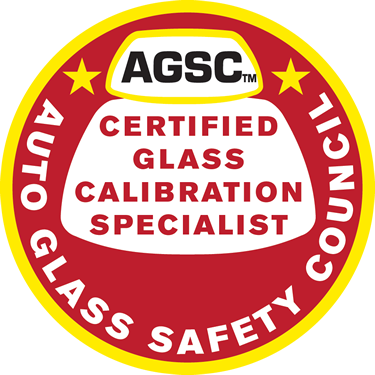ADAS Calibration in East Cobb, GA
Visit Our Shop or Use Our Mobile ADAS Calibration Services
Fulton, Cobb, Cherokee Counties
What is ADAS?
ADAS stands for Advanced Driver Assistance Systems. ADAS refers to a range of electronic systems that are designed to assist drivers with tasks such as navigating, parking, and avoiding collisions. These systems are designed to make driving safer and more convenient, and they are becoming increasingly common in modern vehicles.
ADAS technology can include a variety of features, such as:
- Lane departure warning: This system uses cameras or sensors to detect when a vehicle is drifting out of its lane, and alerts the driver to take corrective action.
- Automatic emergency braking: This system uses sensors to detect when a collision is imminent and automatically applies the brakes to avoid or mitigate the impact.
- Adaptive cruise control: This system uses sensors to maintain a safe distance from the vehicle in front and automatically adjusts the speed of the vehicle to maintain that distance.
- Blind spot detection: This system uses sensors to detect vehicles in the driver's blind spot and alerts the driver when it is not safe to change lanes.
Other ADAS features may include parking assistance, traffic sign recognition, and automatic high beam control. ADAS technology is constantly evolving and new features are being developed all the time.
What is ADAS Calibration
ADAS (Advanced Driver Assistance Systems) Calibration refers to the process of adjusting and testing the various sensors and cameras that are part of a vehicle's advanced safety features, such as lane departure warning, automatic emergency braking, and adaptive cruise control. These systems rely on data from sensors and cameras to function properly and keep the driver and passengers safe.
The calibration process involves verifying that the sensors and cameras are accurately detecting and measuring the distance, speed, and other parameters needed to operate the ADAS features correctly. If the sensors or cameras are not calibrated correctly, the ADAS features may not work as intended, which could result in accidents or other safety issues.
ADAS calibration typically requires specialized equipment and expertise, and it is usually performed by trained technicians in a controlled environment. The specific calibration process can vary depending on the make and model of the vehicle and the type of ADAS features installed.
Types of ADAS Calibration
ADAS camera calibration is a necessary process that ensures the accuracy and effectiveness of camera-based ADAS features in a vehicle. There are different types of ADAS camera calibration, depending on the specific camera system in the car. Here are some of the most common types of ADAS camera calibration that are required following a windshield replacement in an ADAS-equipped vehicle requiring calibration.
- Static calibration: This calibration is performed in a controlled environment, such as an enclosed shop. It is a very bad practice for this type of calibration to be performed outdoors in a parking lot or driveway due to surfaces not being level and the inability for lighting and shadows to be controlled. In a static calibration, a set of targets or patterns are set up at specific measurements in relation to the vehicle, and certain lighting conditions are set in the environment to adjust the camera's settings back to factory specifications. This is common on import vehicle brands like Honda, Toyota, Nissan, etc.
- Dynamic calibration: This calibration is performed while the vehicle is being driven. Using software that connects to the vehicle's computer system, the camera learns mode is turned on. Then the vehicle is driven at specific speed ranges and distances from other vehicles while the camera looks and recognizes lines on the road, signs, and other vehicles in relation to the vehicle. This is common on domestic vehicle brands such as Chrysler, General Motors, Ford etc.
- Dual Calibration: This type of calibration is a combination of both static and dynamic. It first requires the static calibration to be performed, then a dynamic calibration to be performed. Certain Brands like Subaru and Honda require dual calibration on some of their models.
It is important to note that the specific type of ADAS camera calibration required will depend on the make and model of the vehicle, as well as the specific ADAS features that the vehicle is equipped with.











